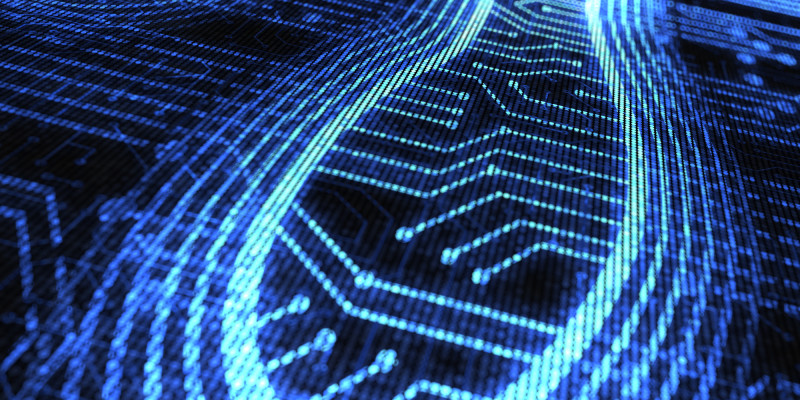Diverse aspects of our private and professional lives are increasingly shaped by digital technologies. This transformation holds significant potential for the economy, society, and the environment. Digitalisation enables the development of new products and services, enhances process efficiency, and can ultimately contribute to conserving natural resources. However, there is a pressing need to improve our understanding of how digitalisation itself influences the demand for energy and natural resources – such as copper, plastics, specialty metals, or rare earth elements – as well as its contribution to greenhouse gas emissions.
This gives rise to a range of research questions: To what extent does digitalisation increase resource demand? How does it affect consumption patterns in society? How can national policymakers ensure that globally distributed digital services operate in an environmentally responsible manner? What strategies can guide the digital transformation towards reduced resource use and lower greenhouse gas emissions?
Assessing the resource intensity of the digital transformation in Germany (Phase I)
In Phase I of the project (2020-2023), the German Environment Agency (UBA) commissioned an assessment of the resource intensity and greenhouse gas emissions associated with the digital transformation, conducted at both micro and macro levels. Ten case studies applied life cycle assessment (LCA) methodology to quantify the resource intensity of specific digital applications and determine their ecological footprints (summarised in a factsheet).
At the macro level, a multi-regional input-output (MRIO) model was used to calculate raw material consumption, material inputs, and the carbon footprint of the ICT sector from the year 2000 onwards. The model also projected developments under seven scenarios through to 2050 (project results summarised in a brochure).
Findings from the simulations and case studies informed initial policy and action recommendations for promoting a resource-efficient digital transformation (detailed results of the project in the German final report).
Stakeholder engagement, case studies with AI, and meso-level analysis (Phase II)
Phase II of the project, DigitalRessourcen II (2025-2027), places a strong emphasis on stakeholder engagement. This phase includes a stakeholder survey, analysis, and two central workshops, aimed at refining key areas of action and developing more specific policy recommendations.
The analytical component of DigitalRessourcen II will comprise five additional case studies, including studies focused on artificial intelligence. It will also feature macroeconomic and mesoeconomic modelling for certain fields of demand and sectors (Flyer, Poster and bookmark).
The research project DigitalResourcen is commissioned by the German Environment Agency (UBA) and conducted under the departmental research plan (ReFoPlan) of the Federal Ministry for the Environment, Climate Action, Nature Conservation and Nuclear Safety (BMUKN).
Research project ‘Digitalisation and Natural Resources - Analysis of the Resource Intensity of the Digital Transformation in Germany (DigitalRessourcen)’
Duration: 2020-2027 (Phase II: 2025-2027)
Project No. (FKZ): 3724 31 703 0
Contractors (Phase II): Gesellschaft für Wirtschaftliche Strukturforschung; Ecologic Institut; Wuppertal Institut für Klima, Umwelt, Energie
 Click to enlarge
Click to enlarge
